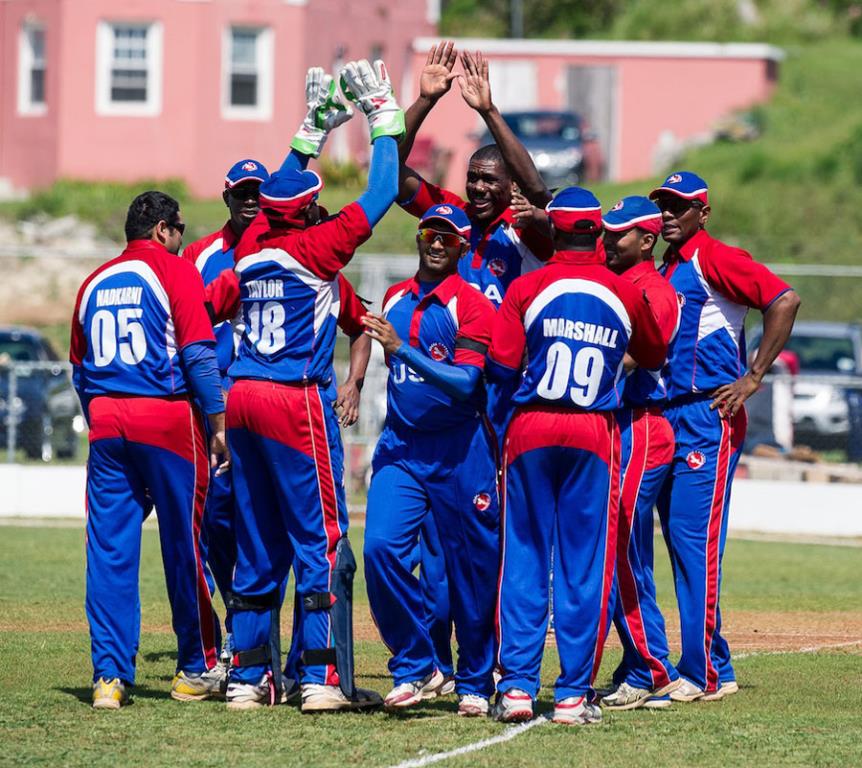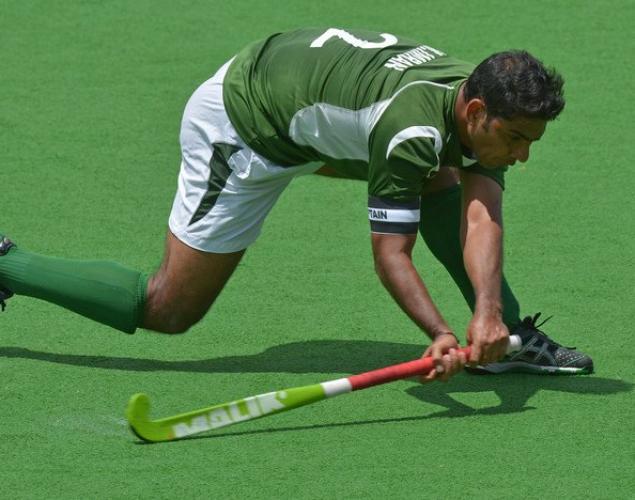April 30, 2015
Cricket has not been able to capture USA's attention the way other amateur sports like lacrosse and rugby have done. What can the USACA do to try and change that?

Cricket is struggling for a foothold in the US
April 30, 2015
Cricket has not been able to capture USA's attention the way other amateur sports like lacrosse and rugby have done. What can the USACA do to try and change that?

Cricket is struggling for a foothold in the US
New York, USA: Vince Lombardi, the famous American football coach, once said, "We will all be judged on one thing only: the result." Results are one thing US cricket does not have much to show off – on or off the field. At the start of the century, we were sitting on an opportunity to establish cricket as an alternative sport in America to the big four, competing with the likes of lacrosse and rugby.
Over the last decade, the US men's lacrosse national team won two World Cups and the men's rugby team qualified for three World Cups. During that period the men's cricket team started by qualifying for the 2004 Champions Trophy, but they have not made it to a major ICC tournament since, while little progress has been made towards mass-market visibility.
There are multiple points of view about how to promote cricket in America. No matter what the strategy, there is one common denominator: you need a competent US national team. Being competent does not mean beating Australia or India, but rather having a team that embodies the spirit of competition, represents America in a positive way, and is able to connect with fans at home.
For US national teams in other alternative sports, winning is not necessarily paramount. USA rugby's 74-6 loss to the All Blacks in front of 65,000 fans at Chicago's Soldier Field in November demonstrated this. The expectation of a one-sided game was not a deterrent when it came to the fans and sponsors supporting their national team. Americans understand that certain sports are amateur sports, but they expect an approach that represents the American sports attitude, a genuine desire to attain excellence, backed by hard work.
Late last year, several of my team-mates raised concerns about what ails the current national cricket set-up. I have my own thoughts on how we might be able to correct it, not only from my perspective as a national player but also as a student of successful high-performance programmes, including an externship with New South Wales Cricket and an internship with DC United – a Major League Soccer (MLS) franchise.
A sustained improvement in the US team's performance requires not only a transformation of the organization but also a change in culture, stronger staff skills, better performance management and visible leadership. The optimal way to accomplish this is by establishing an effective high-performance programme, which is a tall order in an amateur Associate set-up because it requires finances, leadership and technical skills. My focus here is a blueprint for what can be done over the next few months:
Tap into the power of crowdsourcing
Cricket in America is not at a point where it can muster large-scale financial backing that can rival football or baseball, so basic fundraising can. High school sports teams deploy many techniques to raise funds for their teams. One of these is crowdsourcing, a method that provides an opportunity to engage the audience and build a following that is invested in the team's well-being.
The Sports Strategist by Irving Rein, Ben Shields and Adam Grossman details the innovative fundraising methods employed by various sports groups to help finance their activities. The U.S. Women's Ski Jumping team raised more than $100,000 through a gala function featuring a silent auction to support their debut in the 2014 Sochi Olympics, and separately raised another $32,950 through RallyMe, a crowdsourcing site specifically serving US national teams for speedskating, cycling, archery, snowboarding, canoe and kayak sailing, and Golden Gloves, among others. Appealing to nostalgia, pride, emotion and a desire on the part of fans to further the good of the game are proven methods for effective fundraising.
Establish a high-performance programme
Once there is some financial support, the first step should be to establish a programme focused on managing and improving the performance of national teams – men, women, boys and girls. A high-performance programme will deliver continuity and a sense of belonging and responsibility to the players. During my ten years as a player, I have personally gone for up to ten months with no communication from the board because there was no one responsible for managing a programme focused on improving performance.
The lack of communication or of a sense of belonging makes it hard for newcomers to ease into the team. The men's squad for the ICC Americas Division One T20 championship in Indianapolis has seven changes from the last touring team, including three new faces, and will be playing together as a team in an ICC tournament for the first time. Without a programme, we will not have a meaningful preparation structure, which will make it difficult to show any gradual improvements.
A merit-based high-performance organization with clear responsibilities, accountability and incentives is needed to prepare the team. The selection committee picking players who played in the USACA national tournament is a step in the right direction for making the process transparent.
For non-technical positions, we must seek talent from outside of the cricket community to promote diversity. Former USACA chief executive Darren Beazley started looking for talent, such as team tour managers and trainers, outside of the cricket community, and I strongly endorse this practice.
Decentralize the programme
Given America's unique cricket environment – high cost of living, large distances, amateur structure, and shortage of high-quality support staff – we must find creative ways to deliver results. So the programme needs to be a decentralized, loosely coupled one.
Six to eight cities could be established as satellite hubs. A paid trainer and coach could travel to those hubs to work with players months prior to a competition. In 2010, former USA coach Clayton Lambert tried to prepare the team by flying to Los Angeles and other parts of the country but his effort was undermined by a lack of funds. I felt that his outreach efforts gave me good insights into what my role was, which helped me prepare better for the World T20 Qualifier.
Use technology in coaching
Technology can play a major role to minimize our geographical disadvantage and in keeping costs low. Some of my coaching interactions with Robin Singh and Reginald Benjamin that were made possible using remote technology improved my ability to bowl in the death overs. Both coaches shared technical tips and fitness advice via emails, videos and conference calls.
Many corporations, especially retail companies, are leveraging social media tools to connect store managers with each other to disseminate information. Similarly players, administrators and coaches can update each other with relevant information and develop a sense of community in the process.
Engage players
Communication is needed to understand the players' perspective – such as their medical, work and personal situations. Three of my team-mates – Tim Allen, Aditya Thyagarajan and Sushil Nadkarni – were injured in international tournaments. None of them received any support, financial or emotional, from the USA cricket administration after their return.
Several senior players have spoken to me of their unwillingness to go full throttle in games because they anticipate no support in case of injury. A little empathy can go a long way in extracting loyalty from the players. USACA vice-president Owen Grey, who has been tasked with organizing national teams for the last eight months, has been an engaged administrator who seeks players' feedback and addresses their concerns proactively. I am confident that engagement from the administration will lead to better player commitment.
The list does not stop here, but I strongly believe addressing the above concerns can jumpstart our journey to building a team that can deliver better results on the field immediately.
Courtesy: ESPN – Author: Usman Shuja (@kshuja) is the USA's leading wicket-taker and the vice-president of market development for SparkCognition















































































































